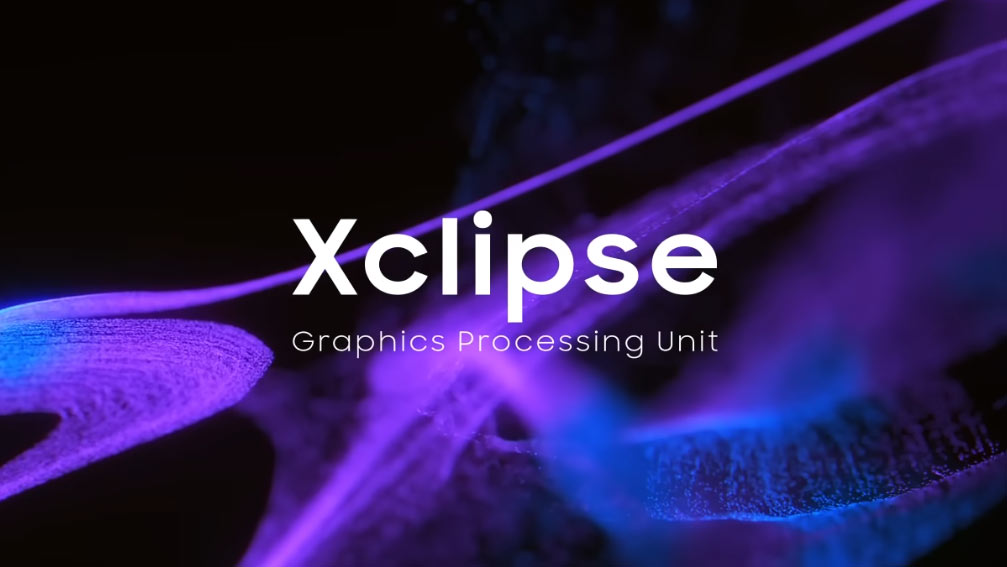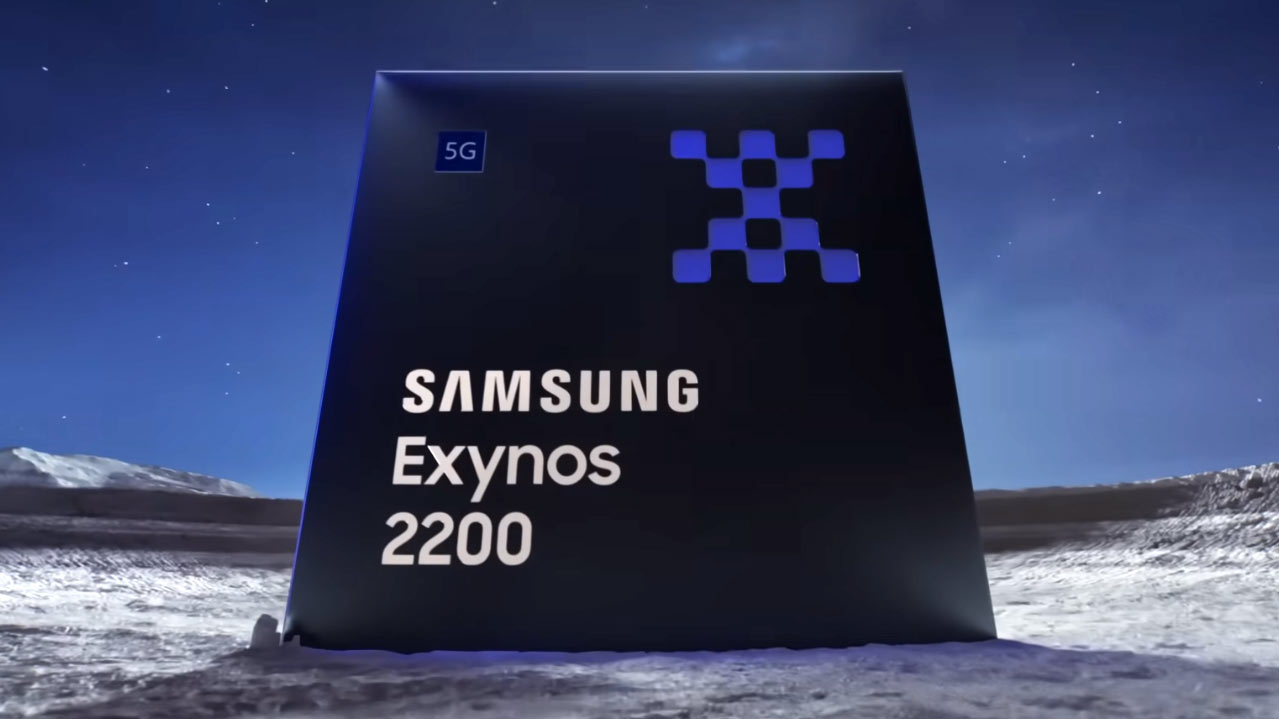
The strategic partnership between Samsung and AMD raised eyebrows when it was officially confirmed back in June 2019. So far, the fruits of the partnership have been somewhat underwhelming. However, the pair must see a better future together, as Samsung has decided to extend its AMD Radeon licensing deal with a new multi-year agreement.
After a long wait, we started to see Samsung Exynos processors with AMD Radeon graphics featuring in devices. Specifically, Samsung leveraged RDNA 2 architecture cores, the same as featured in the Radeon 6000 series of graphics chips for PCs, and both the Microsoft Xbox Series and Sony PlayStation 5 consoles.

Despite its PC and console pedigree, the RDNA 2 architecture didn’t scale to lower power scenarios well enough, it seems. Thus, Samsung’s Exynos 2200 SoC with AMD RDNA2-based Xclipse graphics processor was >40% slower in 3DMark gaming benchmark tests (Wild Life) compared to the Qualcomm Snapdragon 8 Gen 1. Sister publication Tom’s Guide looked at how these two processors compared in more detail via a Galaxy S22 Plus smartphone battle. The Adreno easily outclassed the Radeon at the very low power levels sipped by a mobile SoC. Later in 2022, we saw Samsung reconfirm its commitment to the RDNA 2 architecture, but unlike today, no timescales were set out.
Circling back to today’s statement, coming directly from Samsung, and the agreement with AMD is specifically “a multi-year agreement extension.” It is hoped over the years / generations, that Samsung will “bring console-level graphics quality and optimized power consumption to more mobile devices, offering an incredibly immersive and long-lasting gaming experience.”

What more should we expect in future generation Xclipse mobile GPUs? In addition to the general boasts about performance, it is hinted that the team that “brought ray tracing capability to mobile processors for the first time” will drive further innovation in the mobile graphics space. We think that probably means shuffling over some of the advancements made on PCs to smart devices, but remember that ray tracing and VSR are already supported by Xclipse. Often new mobile SoCs boast of AI acceleration, so sophisticated FSR-style upscaling in the mobile space seems like a promising proposition, among several others. There already seems to have been some work done on FSR for mobiles, and it helps that the technology is open source.







